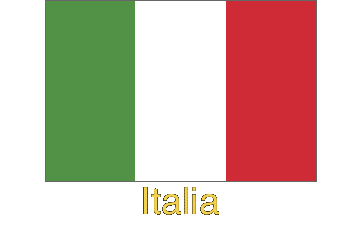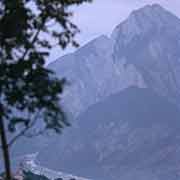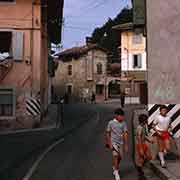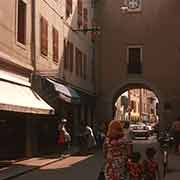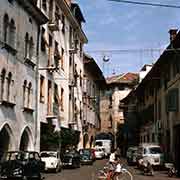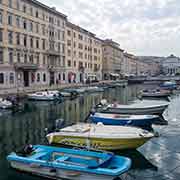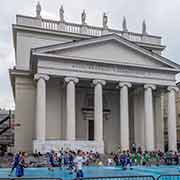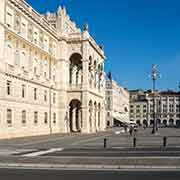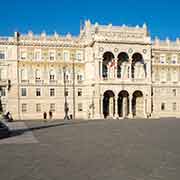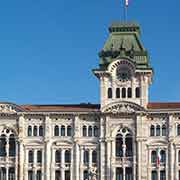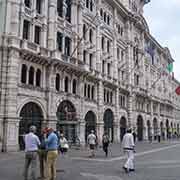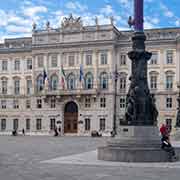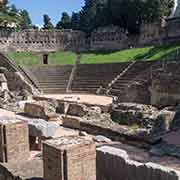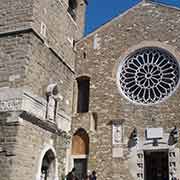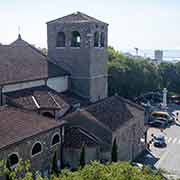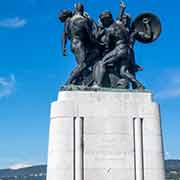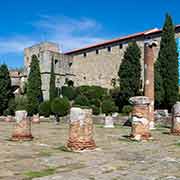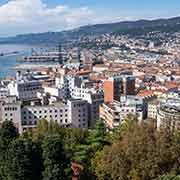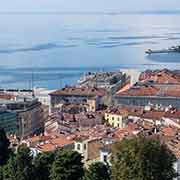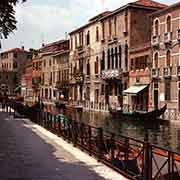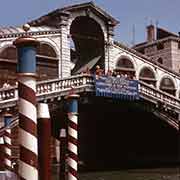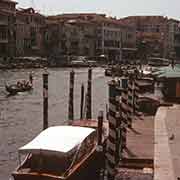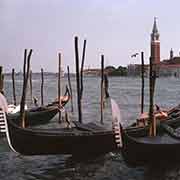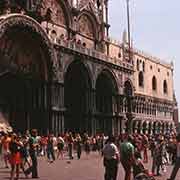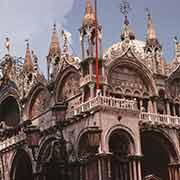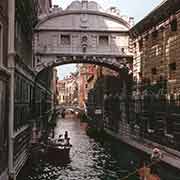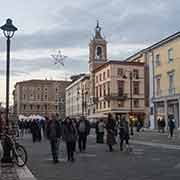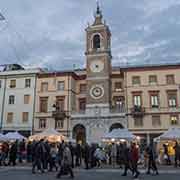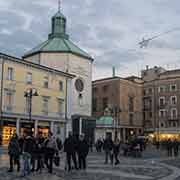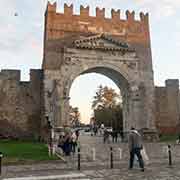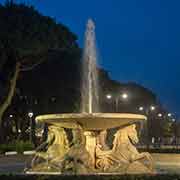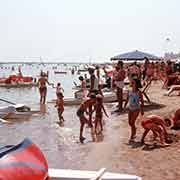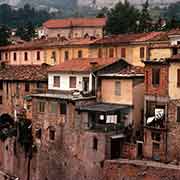Photos of Italy’s North East
Italy’s North East
The north eastern corner of Italy, south of the Austrian border comprises the regions of Trentino-Alto Adige, Veneto and Friuli-Venezia Giulia. It is a region of mountains and hills. It offers excellent trekking and winter sports possibilities in the Dolomites and Alpine areas, plus the Adriatic coast with its beaches and, most famously, Venice.
you may then send it as a postcard if you wish.
Alto Adige is predominantly German-speaking: it used to be known as Südtirol (South Tirol). It was part of the Tyrol region of Austria but ceded to Italy in 1918. Trentino, although Italian speaking, was also part of Austria until it was handed over to Italy after the First World War.
In the Friuli region in the northeast, a distinct Roman language is still spoken in some small pockets south of the Alps. It has seen Romans, Germanic Visigoths, Huns, Lombards and Franks; it became Venetian in 1420 and Austrian in 1797. When Italy united in 1866, western Friuli was included. Austria had to cede the eastern part after the First World War, and the region became known as Friuli-Venezia Giulia. Its capital, the city of Trieste, had a substantial population of Slovenes with even more ethnic Slovene inhabitants than in Slovenia’s capital Ljubljana. In World War II, Italy annexed the “Province of Ljubljana”, south-central Slovenia, and deported as many as 25,000 Slovenes from there. But at the end of the war, Yugoslav troops occupied Trieste, and after an agreement with Tito’s Yugoslavia, Trieste declared to be an independent city-state under United Nations protection. The Free Territory of Trieste lasted from 1947 to 1954 when the city joined Italy, and four villages to its south became part of Yugoslavia, now independent Slovenia. The final border was settled in 1975, but now it is all but invisible, with Italy and Slovenia both in the European Union.
The Veneto is wedged between these two regions and runs from the Austrian border to the Adriatic Sea with its most famous drawcard, the city of Venice. It became a maritime republic in 726; people inhabiting the lagoons and islands off the coast had formed a federation of communities and elected a “Doge”, a magistrate. For over 1000 years, Doges led the city republic, which became a significant maritime power and commercial centre. In 828, Venetian merchants abducted the remains of the apostle Mark from Alexandria, and St. Mark (San Marco) Basilica was erected next to the Doge’s Palace. Venice took part in the Fourth Crusade during the 12th Century, and in 1271 Marco Polo, a Venetian merchant, started his famed overland journey to China. Its growing strength led the city into a series of wars with Genoa, a rival sea power. Venice finally defeated Genoa in 1380 and gained control over trade in the eastern Mediterranean Sea. Venice became one of the largest cities in Europe. It reached the height of its power in the 1400s when its colonial empire included Crete, Cyprus, the Dalmatian coast (now part of Croatia), and part of northeastern Italy. It declined when the centre of trade moved to the Atlantic, and the Ottoman Empire grew in influence. In 1797 Napoleon occupied the city and divided the remainder of its empire between France and Austria.
Although its buildings are in severe decay and rising tides form a growing threat, Venice is still a beautiful and romantic city. It lies on approximately 120 islands in the Adriatic Sea, with 150 canals, more than 400 bridges and magnificent buildings. It is the highlight of a visit to this part of Italy, but tourism has now all but overwhelmed it, with its cruise ships and thousands of visitors vastly outnumbering the locals. Further south, on the Riviera del Sole of the Adriatic coast in the Emilia-Romagna region, is Rimini, an old city founded by the Romans in 268 BCE. It was the terminus of the Via Flaminia, connecting it with Rome and terminating at the still surviving Arch of Augustus, erected 27 BC. At a road junction, the Via Aemilia from Rimini led north to Piacenza and beyond. It is now a popular beach resort. Not far inland is the small town of Mercato Saraceno and the Republic of San Marino.


